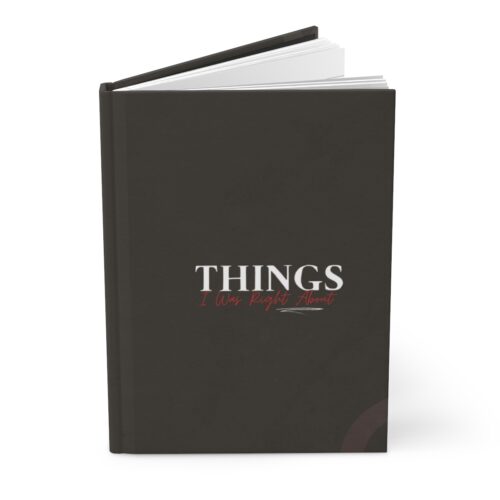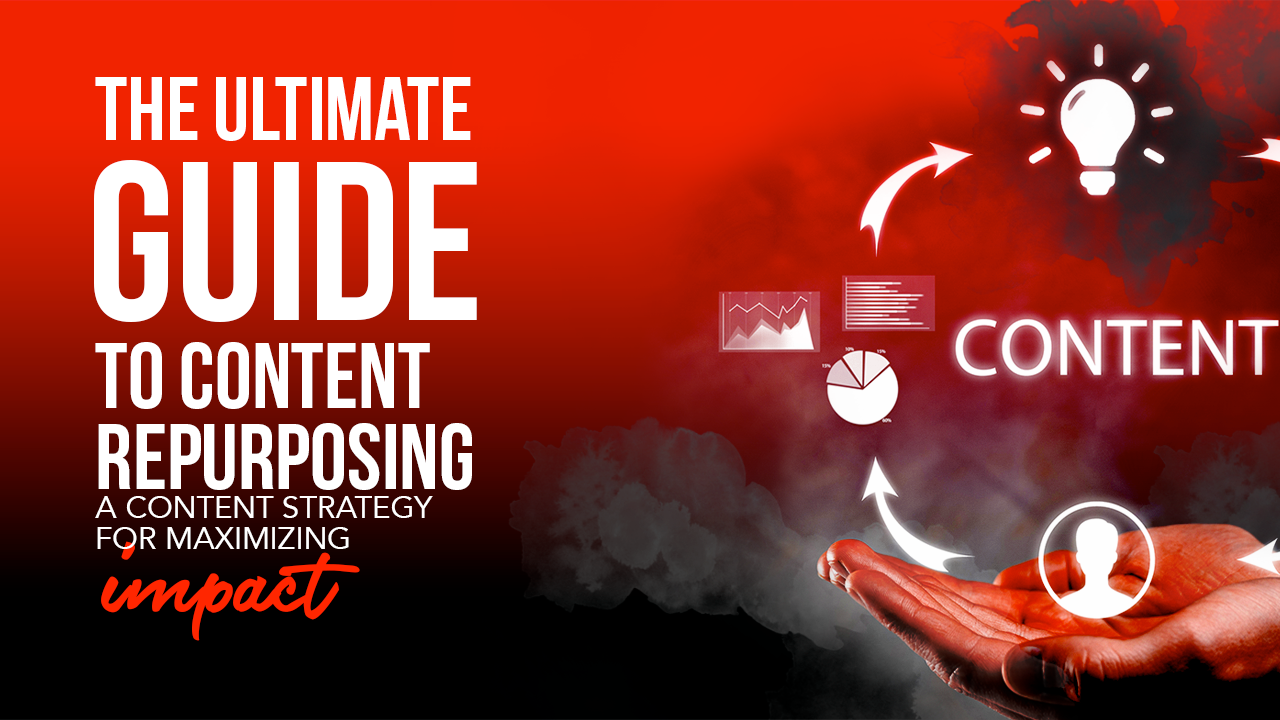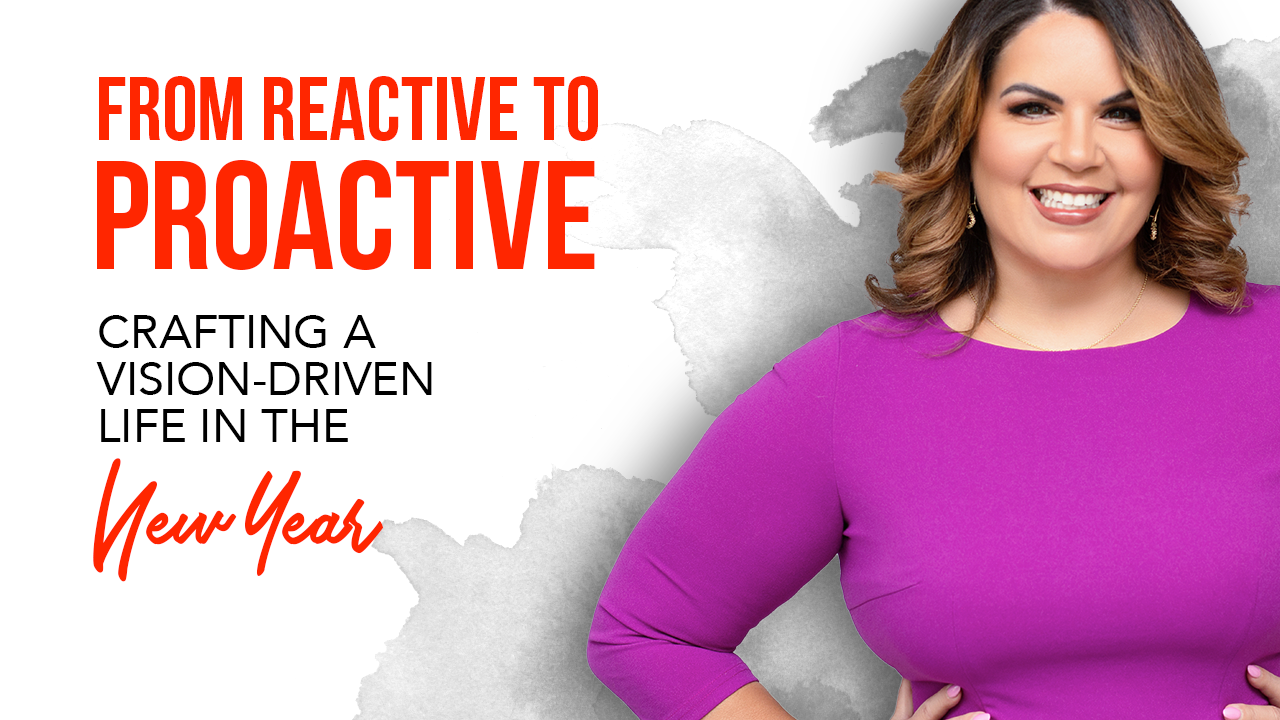Oh email. Our dear email. How did it get so messy? What should we do about it? Is there even a point of managing it? Or, should we just let it all go?
If you’re trying to figure out the answers to these questions, keep reading!
I just shared a video with my Instagram and Facebook community stating that effective immediately, “I have declared Email Bankruptcy.” Since this video has been shared, I’ve received so many comments regarding my mail management, that I believe it’s worth sharing here as well.
The Genesis of Inbox Overwhelm
Inbox overwhelm happens when there is an accumulation of old and new information and it gets so big that you no longer can manage it. Even when you think you are doing well ignoring it, with time, it gets you!
This was the case for me. I thought I was ok just buying more data and not doing anything with my email; except for reading, swiping or replying. After spending decades in online marketing and having so many active social media accounts, I felt like my attention was being pulled in many different directions.
I realized that I was opening my emails out of habit, almost by impulse. As I paid more attention, I began noticing that every time I was about to open my emails, I felt anxious, angry, and didn’t even want to see them, let alone tackle them.
My body was screaming to me, “it’s time to make a drastic change!”
Email is one of the most common triggers for social anxiety and productivity-related anxiety (the feeling that you’re not getting enough accomplished).
One reason email communication is so stressful is that it’s asynchronous, meaning there’s a delay between sending messages and receiving replies. There’s uncertainty about when we’ll get a response.
In addition, because we miss the opportunity for nonverbal communication through email, we cannot predict the tone or reasoning behind unanswered emails. It leaves us to wonder if a failure to respond is legitimate; like a person being sick or experiencing frustration because they’ve just been yelled at by their boss. These factors indicate that email can feel very emotionally confusing and anxiety-provoking.
It seems that instant communication methods feel much better to us. With instant communication, we are referring to text messaging and communication platforms such as: Messenger, Whatsap, or chat in general. With these messaging systems, communication is precise, short, and allows you to get the quick answers that you’re looking for.
We are still at the point where email remains effective and is not going anywhere anytime soon; however, since email isn’t the only electronic communication that we receive, we need to set up boundaries across our communication channels to ensure that our productivity and mental health are kept in check.
So, where do we start?
1- Setting The Right Expectations
Depending on the environment, expectations around email are likely to be different, but setting ourselves up for success is always a good idea.
When I worked in the law firm, emails were expected to be:
- Opened immediately
- Responded to almost as immediately
Thanks to push notifications, that immediately tell us when an email has arrived, (thanks a lot, Blackberry, circa 2003) many of us are checking emails and responding to them dozens of times per day. Not only is this completely impractical, but it actually makes managing our inboxes much more stressful and overwhelming.
You obviously cannot respond to emails immediately unless you have your inbox opened all day. And, if you have your inbox open all day, that means your attention is inevitably divided. Being distracted is a terrible way to go through your workday.
Just remember this: You don’t have to answer your emails instantly!
I recommend to my clients to have an email policy in place and to discuss it with their client at the onset of the relationship. Most of my clients are entrepreneurs and parents; trying to grow a business while managing their personal lives. It is my responsibility as the manager of the relationship to set expectations with clients, especially when it comes to expectations around email communication.
You may also want to try setting boundaries with an autoresponder message. This allows you to let senders know when to expect a response from you. This way, they get the gratification of an immediate response without you having to read it and respond promptly. Setting the expectation upfront will reduce follow up emails. Remember to preserve your boundaries at all times!
2- Separate Personal vs Email Accounts
At first, I thought if I had all my emails coming to one email address, it would be easier to manage in one place. That was until all my 3 children were in elementary school and I started to get several emails per kid, in addition to their after school activities, sports, etc.
Your personal email management is as important as your business email management.
To avoid chaos, establish a new email for your personal communication. If you currently have one personal email, but you still feel like you are missing out on important communication regarding a specific topic, for instance- messages from school, reserve one email for school topics and your problem will be solved.
If your inbox is full of tags and folders and you have to spend time organizing them, perhaps it’s just better to open a new account just for that specific content.
Jamie Steele, founder of Tidy Your Time, recommends to open a junk email account. Use this account for any subscriptions or newsletters. She says this should reduce the overwhelm and will give you the sense of a fresh start.
Keep in mind that once you open multiple accounts, it is important to stick with the system! In my case, my old email was full of so much that I decided to open a fresh one for urgent conversations and committed to come back to the giant pile of inbox twice a day. At this point, it’s a backup of millions of conversations and I don’t see the point of even managing it. I just login, check important conversations and logout. I’ve given up on trying to organize it!
3- Stop Organizing Your Email Into Folders
A research conducted by IBM Research suggests that people who searched their inboxes found emails slightly faster than those who had filed them by folder.
People who create complex folders indeed rely on these for retrieval, but these preparatory behaviors are inefficient and do not improve retrieval success. In contrast, both search and threading promote more effective finding.
In other words, the time spent setting up folders did not improve retrieval. People, instead, found that they now had multiple inboxes to go through, and even more so, started using their email software as a to-do manager. That’s definitely a bad idea; calendars, project management programs, and to-do list are more effective.
If you find yourself spending time “wanting to organize” your email inbox into folders, STOP IT. You need to be more efficient and more productive. Your digital files are not books. They have a great search system and you will find anything you want in just seconds. Let it go!
Being effective is about doing the right things, while being efficient is about doing things right.
4- Delete Email App From Your Mobile Devices
Bear with me on this one. I deleted email apps from my phone because there was this incessant need to check, and also to reply quickly. This is one of the reasons why I called it “Email Bankruptcy”.
Deleting the apps and instead setting aside time to answer those emails thoughtfully was great not only for my relationships, but also for my productivity.
I know that some of you will tell me “what if I have a prospect?” Well, that kind of communication should be in your CRM. I deleted my email app, but my appointment app will still send me an alert if my office gets a new appointment request.
I thought about the entire prospecting process: lead, appointment request, assessment form, and all of them had a separate notification. I don’t need my email app to get the alerts!
5- Batch Your Email Checking
On a standard day (no fast-moving emergency situations) I check emails around 10:00am, 1:00pm and 5:00pm. I schedule these on my calendar like any other appointment.
As a chronic “quick-replier” this was insanely difficult to adapt to; however, it has become a complete game-changer now that I see the consistency of my high quality emails. Despite going out less frequently, my emails are more coherent, actionable and directed. Why? I’m sending them in a well-ordered manner, not dishing out replies from my iPhone as I’m getting into a cab. And, I no longer miss emails. There’s no longer the “I saw it but I’ll get to it later” mentality and no more need to write a reminder that will be forgotten in 7 minutes.
As soon as I deleted my email app and set up a time to manually go into my email, my level of anxiety shifted.
Just yesterday, when I logged in at 10 am, I had 2 emails and it took me less than 5 minutes to manage. Then at 1 pm, 1 email that needed my attention. Then at 5 pm, no email required my attention immediately.
It feels good to be in control of your calendar.
I think that we can all agree that the inundation of email messaging has reached unhealthy expectations in the workplace. Understanding how to set boundaries and shift focus around email management is the key to our success. Rethinking how we interact with our emails and adjusting our email habits by using some, or all of these tips will allow us to decrease the overwhelm and to create more meaningful interactions with our clients and prospects.
Whether we are in formal corporate environments, managing our own businesses, or keeping up with our children’s activities, it is important to learn how to manage our email system so that it doesn’t manage us.
Hey! If productivity is one of your goals for this year and want to have accountability to reach your business goals, let’s chat!










